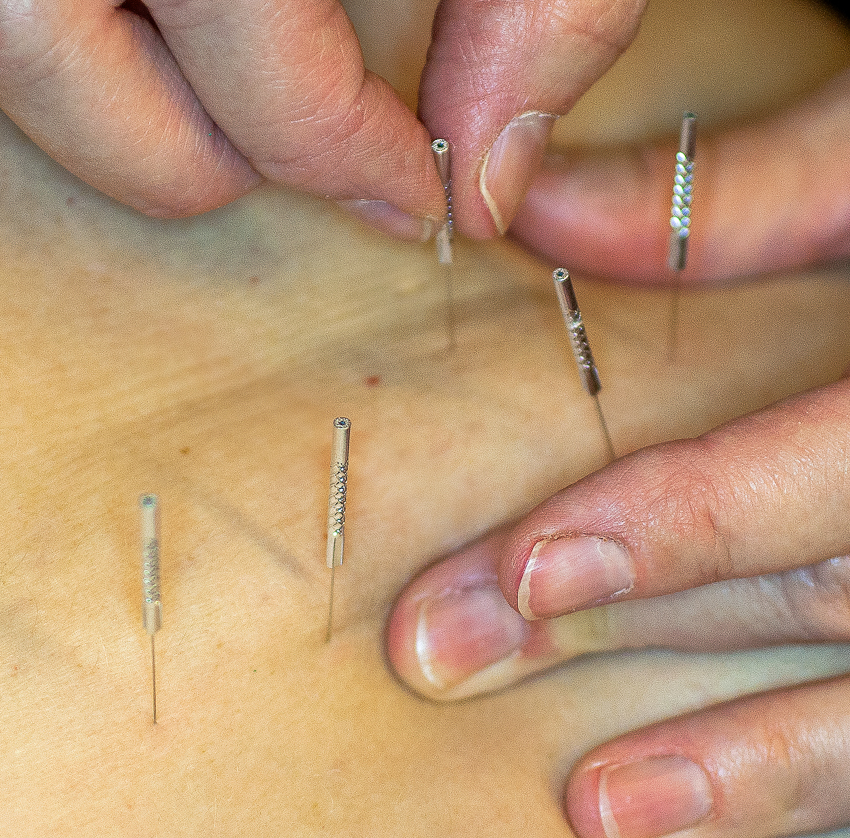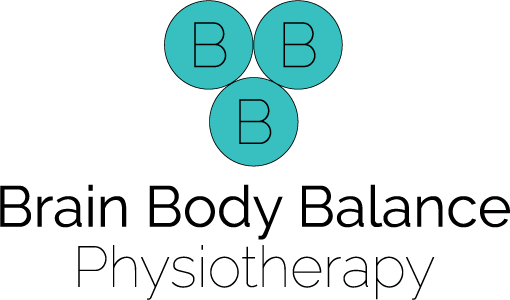Dry Needling

Dry Needling is a form of Acupuncture where very thin needles are pushed through the skin into muscle trigger points, joints, fascia and tendons. It doesn’t use the concepts of meridians or Yin and Yang like traditional Acupuncture.
Dry needling is typically combined with other treatments to decrease pain and improve motion.
The needle is usually only left in for a few minutes. This time can be extended for certain conditions. The therapist may move the needle while it is still in the skin for extra stimulation. The muscle may sometimes twitch in response to the dry needling technique. Most people do not find it uncomfortable, some hardly feel it at all as the needles are so thin.
Pain can often be reduced or relieved immediately after Dry Needling. It usually takes just a few sessions of treatment for the pain relief to become long lasting.
Dry needling is typically combined with other treatments to decrease pain and improve motion.
The needle is usually only left in for a few minutes. This time can be extended for certain conditions. The therapist may move the needle while it is still in the skin for extra stimulation. The muscle may sometimes twitch in response to the dry needling technique. Most people do not find it uncomfortable, some hardly feel it at all as the needles are so thin.
Pain can often be reduced or relieved immediately after Dry Needling. It usually takes just a few sessions of treatment for the pain relief to become long lasting.
Precautions
Some medical conditions contraindicate dry needling such as heart valve problems or immunosuppression. Contraindications are always ruled out prior to treatment and consent is always obtained prior to this technique being used.How it works
Dry Needling stimulates nerves (A delta fibres), which induce changes in the spinal cord and the brain to inhibit danger messages from the area. (This decreases pain and the need for the muscle to react).The needle couples mechanically with the tissue. The mechanical signal this produces then causes changes in the tissues that can spread along the tissue planes. These changes can cause the trigger point to let go.
Sensory nerves are stimulated in the tissues, these messages then cause gating of the danger messages at the spinal cord (so the danger messages don’t get through). With fewer danger messages going to the brain, it is less likely to make pain and the muscle reaction is lessened.
The concentration of sensitizing chemicals in the area of trigger points is reduced. This reduces the danger messages from the area and thus reduces the input to the brain, making it less likely to continue to make pain and affect the muscle.
Dry needling is an effective form of treatment for many sports injuries as well as for most types of pain. Dry needling can be performed on most muscular trigger points in the body.
There is research evidence for Dry Needling for the relief of neck pain, whiplash, lower back pain (especially combined with exercise and manual therapy), rotator cuff tendinopathy and post-operative shoulder pain.

